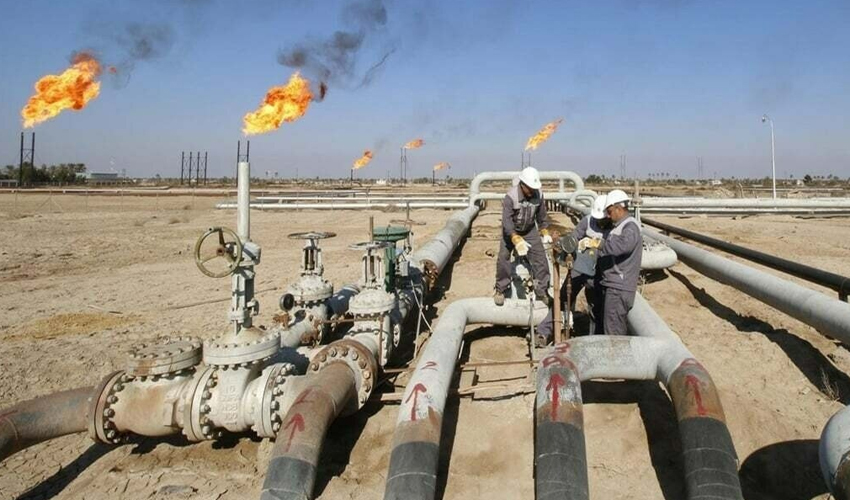The third oil and gas reservoir has been discovered in the Razgir-I Formation of the Kohat Tal Block, marking the third such find in just a month.
The newly discovered well is expected to produce 153 barrels of crude oil and 17.9 million cubic feet of gas per day, further boosting the country’s energy output.
With this latest discovery, the combined production from the three wells in the Razgir-I Formation has reached 562 barrels of crude oil per day and 54.3 million cubic feet of gas per day.
The discovery comes as a joint effort of Pakistan Oilfields Limited (POL), Pakistan Petroleum Limited (PPL), Oil & Gas Development Company Limited (OGDCL), and Pak-Arab Refinery Limited (PHL), all of which jointly own the wells. The companies have informed the Pakistan Stock Exchange (PSX) about this important development, signalling a positive impact on the energy sector and potentially the economy.
Meanwhile, over the past 10 years, Pakistan’s oil and gas production has witnessed a significant decline instead of the anticipated growth, a situation attributed to political instability, security concerns, and a persistent lack of investment in exploration and development.
Due to the reasons mentioned above, large reserves have not been discovered over the last decade.
According to data provided by the Pakistan Petroleum Information Service (PPIS), the country’s crude oil production has fallen drastically since 2015. Back then, the daily production stood at 94,500 barrels. However, by 2024, it had decreased to just 70,500 barrels per day. This shows a staggering decline in petrol production of 24,000 barrels per day over the last decade.
The gas sector has suffered a similar fate, with a reduction of 900 million standard cubic feet per day (mmscfd) over the same period. By fiscal year 2024, Pakistan’s gas production had decreased by 4.4%, leaving the country producing 3,116 million cubic feet of gas daily.


























